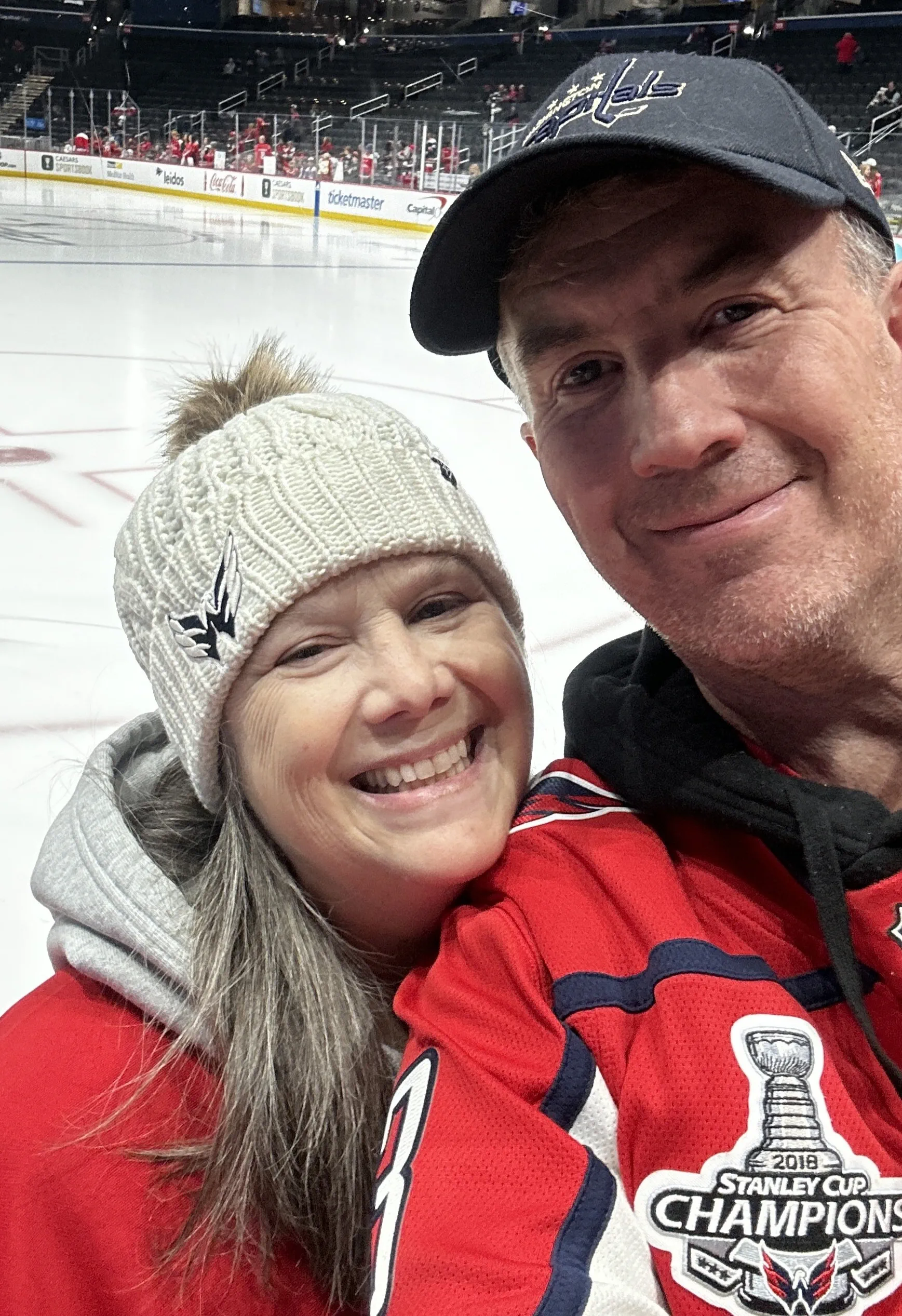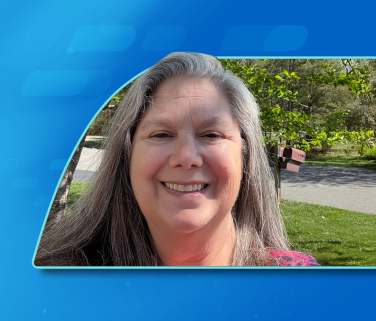A Bolt of Pain in Her Joints—Out of Nowhere
Stacy has always been the kind of mom who shows up—whether it's behind the wheel for early-morning swim meets or cheering from the stands at hockey games. Even now, with her children grown, she remains a steady, hands-on presence in their lives, deeply involved and always moving to keep up with the rhythm of her family. But one day in August of 2015, as she stepped out of the family SUV, a sudden bolt of pain in her joints stopped her in her tracks. Appearing as a small pain at first, it quickly worsened and spread across her body with no clear explanation. "At first, I thought maybe it was just stress or aging," Stacy says. "But deep down, I knew it was something more."
Unraveling A Diagnosis
Stacy's first stop was her primary care physician, who ordered an extensive panel of blood tests. Lupus? Arthritis? The results came back inconclusive. Still, the pain didn't stop. Her doctor remained concerned and sent her to a rheumatologist. More tests followed. More questions. Still, no answers.
Around Christmas that year, Stacy visited a nephrologist who ordered a kidney biopsy, but the results were inconclusive. Still, there was a glimmer of hope, the doctor had recently seen a similar case that ended up being a rare form of vasculitis. But that clinic had only ever seen one case, so to confirm the diagnosis, Stacy was encouraged to find a center enrolling patients with the condition in clinical studies. "When you think you're finally getting a diagnosis and then it slips away... it's just devastating," Stacy says. "But my nephrologist was very reassuring." Thankfully, she lived close to the National Institutes of Health and enrolled in the vasculitis natural history study.

Through the NIH, Stacy connected with a rheumatologist who diagnosed her with granulomatosis with polyangiitis (GPA), a form of ANCA-associated vasculitis (AAV), a rare autoimmune disorder characterized by inflammation of the small- to medium-sized blood vessels, which can restrict blood flow and impair organ function. Because the small- to medium-sized blood vessels impacted by AAV are present throughout the body, the disease can manifest in a wide variety of ways, making it difficult to diagnose and often mistaken for other conditions.
Unlike many people with vasculitis who often go years without answers, Stacy had a diagnosis in just nine months. Though the news was devastating, she was relieved to have an answer and move forward. She began a treatment plan, and within 18 months, she was in remission. For six years, the disease stayed quiet, but the doctors warned her that eventually she could have a relapse.
When It Came Back
Seven years after her initial diagnosis, in December 2023, Stacy felt a familiar—and unwelcome—pain creeping back into her arms, fingers, and wrists.
At her annual checkup at the National Institutes of Health, she voiced her concerns. Her bloodwork, however, looked fine. No warning signs. Still, Stacy's instincts told her something wasn't right.
"I've learned to trust my gut," she says, and her doctor agreed they should do more. A kidney biopsy confirmed that the disease was active again and she resumed her previous treatment plan.
But just two days later, Stacy walked down the stairs of her home and everything unraveled, her pulse began racing and she couldn't catch her breath.
Stacy was admitted to the hospital and doctors discovered she was bleeding into the air sacs of her lungs and her kidneys were rapidly approaching total failure.
It was a severe relapse, one that marked a turning point in how she viewed the disease.
The Power of Self-Advocacy
After this relapse, Stacy's care team quickly expanded: three rheumatologists, one nephrologist, one pulmonologist, and one primary care physician. With six different specialists who manage other patients and busy schedules, Stacy recognized two things very early on – that she needed to become an expert in her own disease and she needed doctors who were willing to act as a team, both with her and with the rest of her specialists.
"Bedside manner is everything," says Stacy. "If a doctor doesn't respond well to you asking questions, asking why a certain treatment is being recommended, then that's not the doctor you want."
So, she asks questions, requests plain-language explanations, and never leaves an appointment with lingering confusion, often bringing her husband along as an extra set of ears to help absorb and process information. Outside of the doctor's office, Stacy's daughter — deeply inspired by witnessing her mom's experience with AAV firsthand — chose to dedicate her career to helping people living with conditions like vasculitis and is currently pursuing a PhD in immunology to help unravel the causes behind autoimmune diseases. Her daughter plays an essential role as the family's "translator," by breaking down complex medical language into everyday terms, helping Stacy and the rest of the family better understand the complexities of AAV.
While Stacy was actively involved in her care, she made it clear that it was her doctors' job to communicate with each other, resulting in a text group chat with her doctors to initiate conversations.
"It took some time, but I make sure all my doctors are talking to each other because I can't explain something to a doctor like another doctor would and if they disagree on a treatment approach, it's not my job to be the mediator," says Stacy. "I've stopped accepting the word no. At some point, you realize you must stand up for yourself, because if you don't, nothing's going to move forward, and I am worth the hassle."
More Than a Diagnosis
Through it all, Stacy has made it her mission not to let AAV define her. To disconnect and de-stress, Stacy tries to make time for the little joys in life, like camping with her family. "When a blood report shows something's off, that's when I'll talk about vasculitis. But I try not to focus on that in my day-to-day life," says Stacy. "I count each day as a good day, keep moving forward, and do my best to get the most out of every day."
Today, Stacy continues to manage her condition with determination and grace. Her story is more than a medical journey — it's a call to action that's particularly important to highlight during moments like Vasculitis Awareness Month. For others navigating complex or rare diseases, her message is clear: keep asking questions, advocate for yourself, and don't let anyone silence your concerns.
To learn more about ANCA-associated vasculitis and find support, please visit ANCA101.com.





